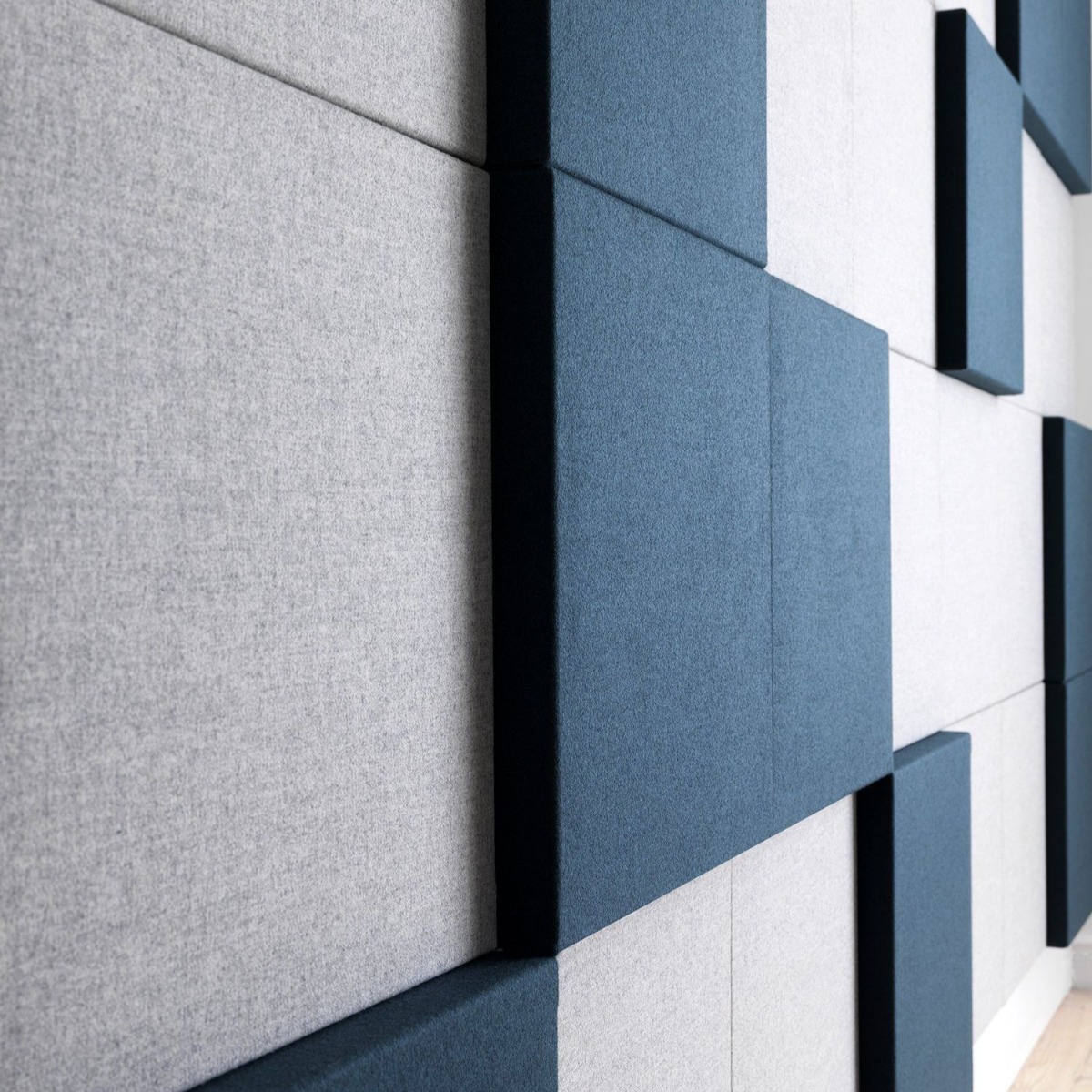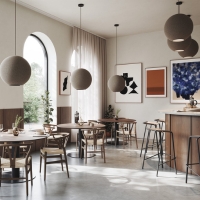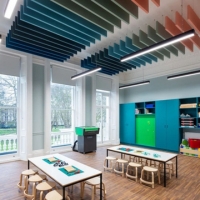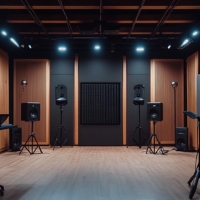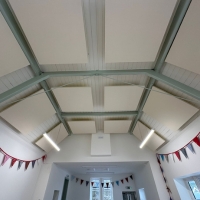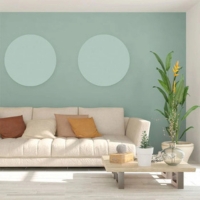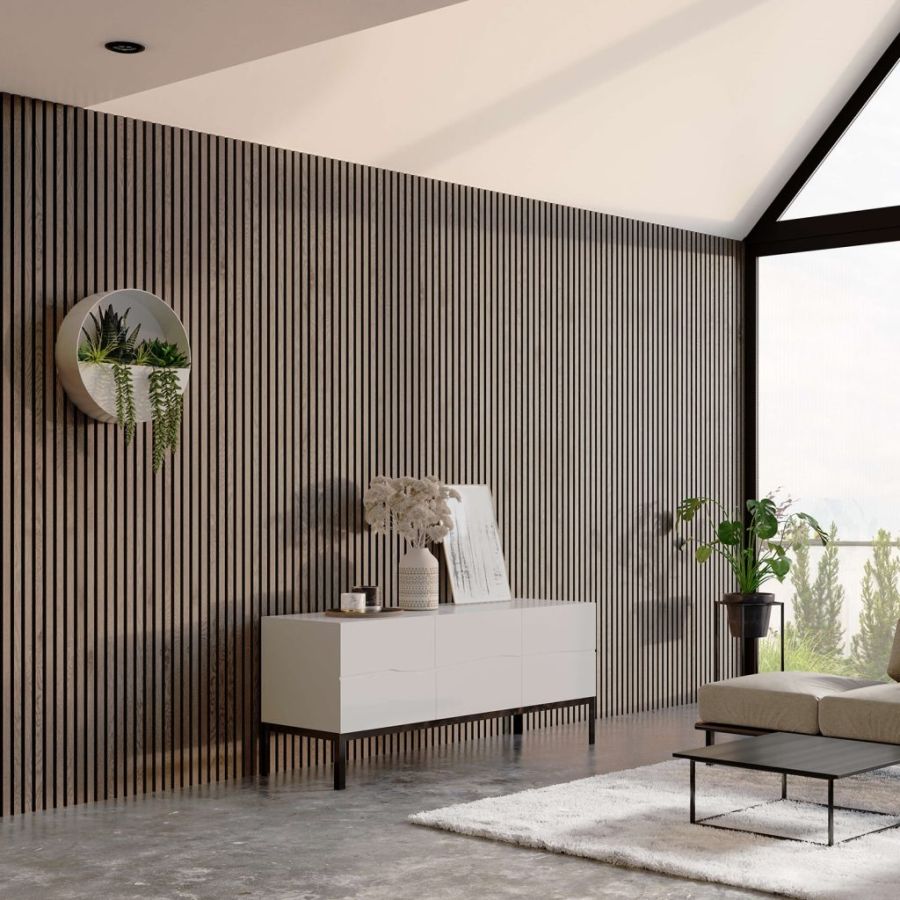
Only sustainable products
Configurable products
Installation available
Free acoustic advice
5 Easy Ways to Boost Home Acoustics
Modern home designs feature open plan layouts, stripped back flooring and walls with stylish yet subtle finishes. Whilst they may be easy on the eye, the introduction of hard surfaces such as concrete floors, marble stone bench tops or exposed brickwork, have created a new issue. Acoustic comfort. Acoustics at home are often an afterthought, and not even considered in early processes.
Key Takeaways
- Use acoustic panels strategically
- Incorporate sound-absorbing materials
- Optimize room layout for better sound
- Don't forget ceiling and floor treatments
- Consider Sound Masking!
Considerable sums of money are spent on kitchen extensions and beautiful interior wood and stone finishes, but the acoustics are often ignored with nothing to absorb noise in the liveliest parts of the home. With so many hard surfaces in the space, sound waves will bounce off and travel through the air for extended lengths of time. This extended reverberation creates loud echo and can make the space feel uncomfortable, cold and un-homely.
Consequently, it has now become important to consider other aspects of the design to ensure the space remains usable. There are a number of things that can be done to create a pleasant acoustic environment. Acoustically treated homes have an added sense of luxury and class.
Are you tired of echoes bouncing off your walls or noise from outside ruining your peace and quiet? There are simple ways to improve the acoustics in your home. Let's explore five easy methods to create a more pleasant sound environment.
1. Strategic Use of Acoustic Panels
Acoustic panels are great for improving home acoustics. These lightweight, easy-to-install solutions can make a big difference in how sound travels in your space. They work by absorbing sound waves, reducing echoes, and creating a more balanced acoustic environment.
The Silent Space Acoustic Panel is a good option. Starting at £99.95, it's an affordable way to tackle sound issues. These panels absorb a wide range of frequencies, making them effective for various room types and acoustic challenges.
To get the most out of acoustic panels:
- Place them on walls where sound bounces, like opposite hard surfaces
- Use them in corners, where sound can get trapped
- Don't forget about ceilings - they can significantly impact room acoustics
- Consider the size and quantity of panels based on your room's size and needs
- Try different placements to find what works best
Modern acoustic panels come in various designs, so you can improve your sound without making your room look boring.
2. Incorporating Sound-Absorbing Materials
Besides acoustic panels, there are many materials that can help absorb sound in your home. These can be both useful and decorative, fitting into your existing decor while improving the acoustic quality of your space.
For a fancy touch, consider the Lignosi Eco Sound Timber Acoustic Panels. Starting at £109.95, these panels look natural while improving your room's acoustics. The wood construction absorbs sound and adds warmth to your space.
Other sound-absorbing materials to consider:
- Thick curtains or drapes: Choose heavy fabrics for better sound absorption
- Plush carpets or area rugs: Soft flooring helps dampen sound and reduce echoes
- Upholstered furniture: Sofas and armchairs with fabric absorb sound waves
- Bookshelves filled with books: Books create an uneven surface that helps scatter sound
- Tapestries or wall hangings: These add visual interest while improving acoustics
- Soft throw pillows and blankets: These small additions can help absorb sound in seating areas
These materials help to break up sound waves and reduce echoes, making your space feel cozier and sound better.
3. Optimizing Room Layout
The way you arrange your furniture can have a big impact on how sound moves through your space. Here are some tips:
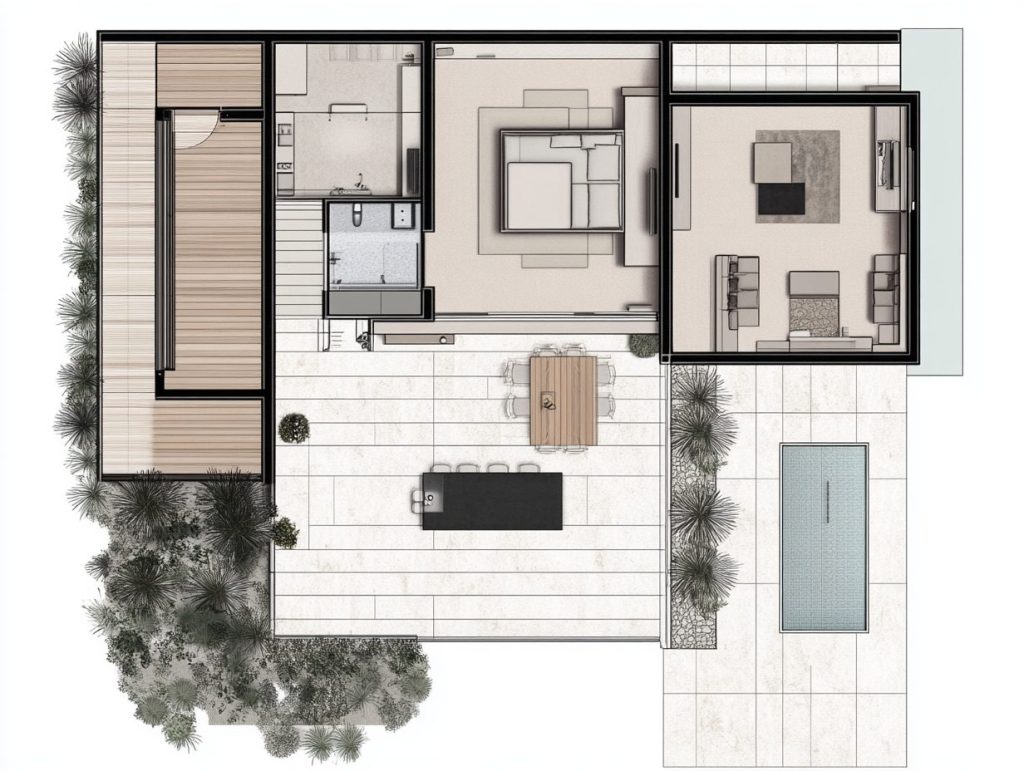
- Avoid placing large, flat surfaces directly opposite each other
- Use bookshelves or other irregular surfaces to break up sound waves
- Place soft furnishings strategically to absorb sound
- Consider the placement of speakers or TVs to minimize sound reflection
- Create zones within open-plan spaces using furniture or room dividers
- Position seating areas away from walls to improve sound clarity
Installing acoustic wall panels can be part of your room layout strategy, adding both function and style to your space.
4. Addressing Windows and Doors
Windows and doors can let in outside noise and create echoes inside. Addressing these areas can significantly improve your home's overall acoustics and create a more peaceful environment.

Other ways to improve window and door acoustics:
- Use weatherstripping to seal gaps around windows and doors
- Install double or triple-pane windows for better sound insulation
- Hang heavy curtains over windows to absorb sound and reduce echoes
- Use door sweeps to block sound at the bottom of doors
- Consider solid core doors for interior rooms
- Apply acoustic caulk around window and door frames to seal any small gaps
5. Sound masking is a secret weapon
Don't forget about the surfaces above and below you! Ceilings and floors play a big role in room acoustics. Treating these surfaces can significantly improve the overall sound quality in your space.
You might want to consider a sound masking solution like the Soft dB Deep Sound Masking Machine. At £275.00, it helps create a consistent background noise that can mask disruptive sounds.
Conclusion: Creating Your Perfect Sound Environment
Improving your home's acoustics doesn't have to be complicated or expensive. By using acoustic panels, incorporating sound-absorbing materials, optimizing your room layout, addressing windows and doors, and treating ceilings and floors, you can create a more pleasant sound environment in your home.
Remember, every room is different, so try out these methods to find what works best for your space. Start with small changes and see how they work before making bigger changes. Pay attention to how different treatments affect not only the sound but also how comfortable and nice your rooms feel.
With a little effort and creativity, you can make your home sound as good as it looks. Whether you're setting up a home office, a cozy living room, or a quiet bedroom, these acoustic improvements will help create a more enjoyable and relaxing living space.
For more ideas on combining acoustics with style, check out acoustic interior trends for 2024 and acoustic design trends. These can give you ideas for cool ways to add acoustic treatments to your home decor. Happy sound-improving!
[related_products is_auto_added="1"]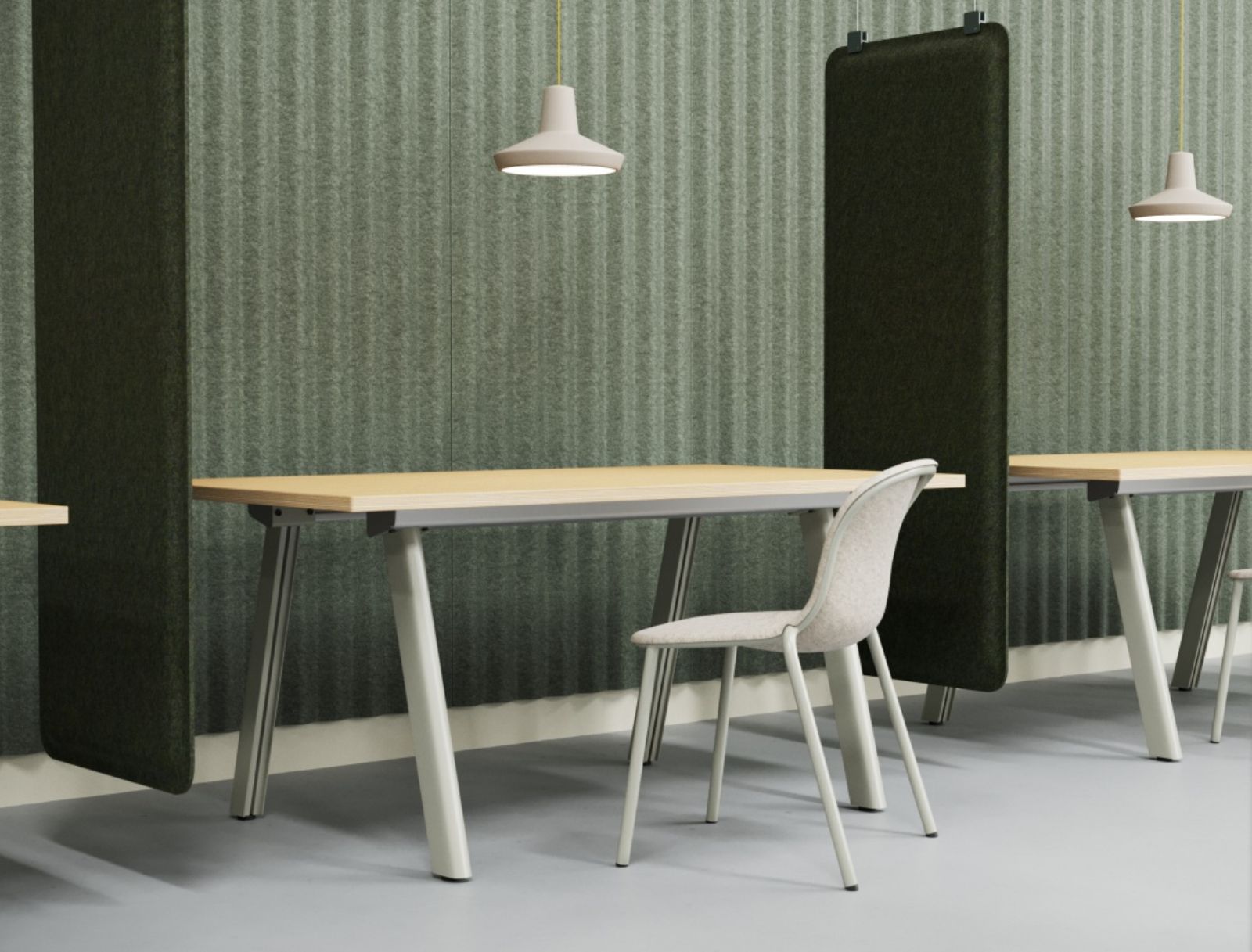 Acoustic Wall Panels
Acoustic Wall Panels 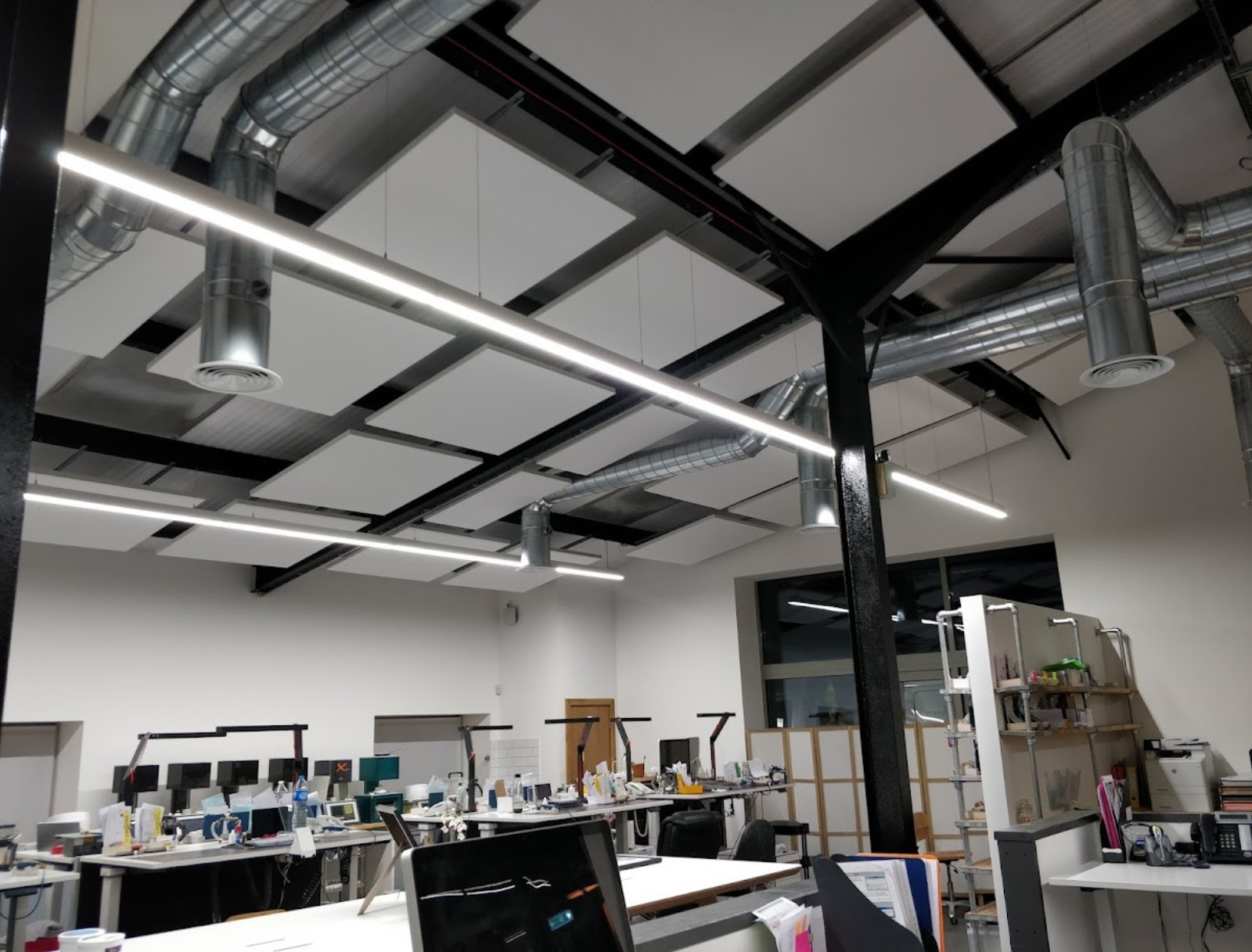 Acoustic Ceiling Panels
Acoustic Ceiling Panels 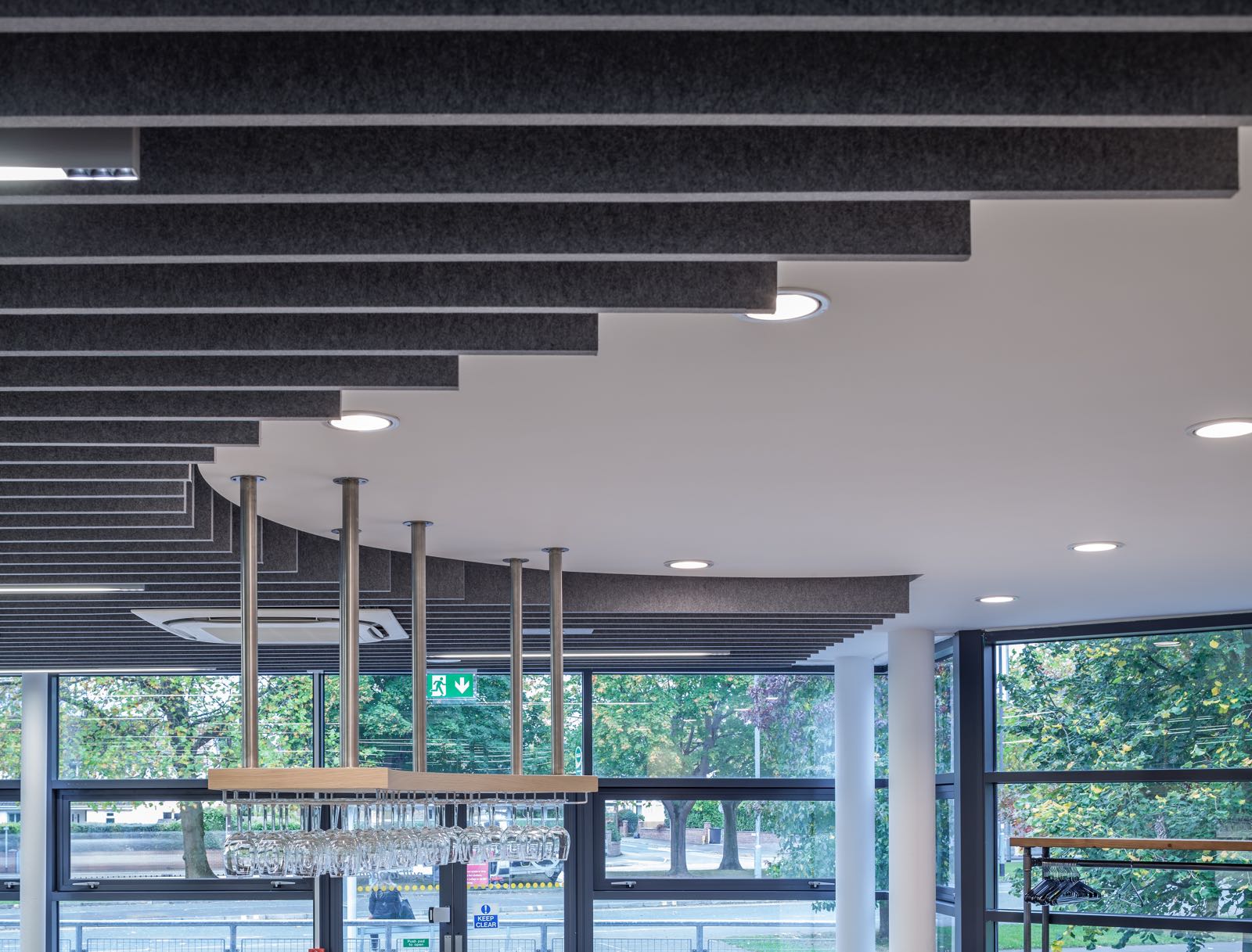 Acoustic Ceiling Baffles
Acoustic Ceiling Baffles  Acoustic Screens
Acoustic Screens  Acoustic Fabric
Acoustic Fabric 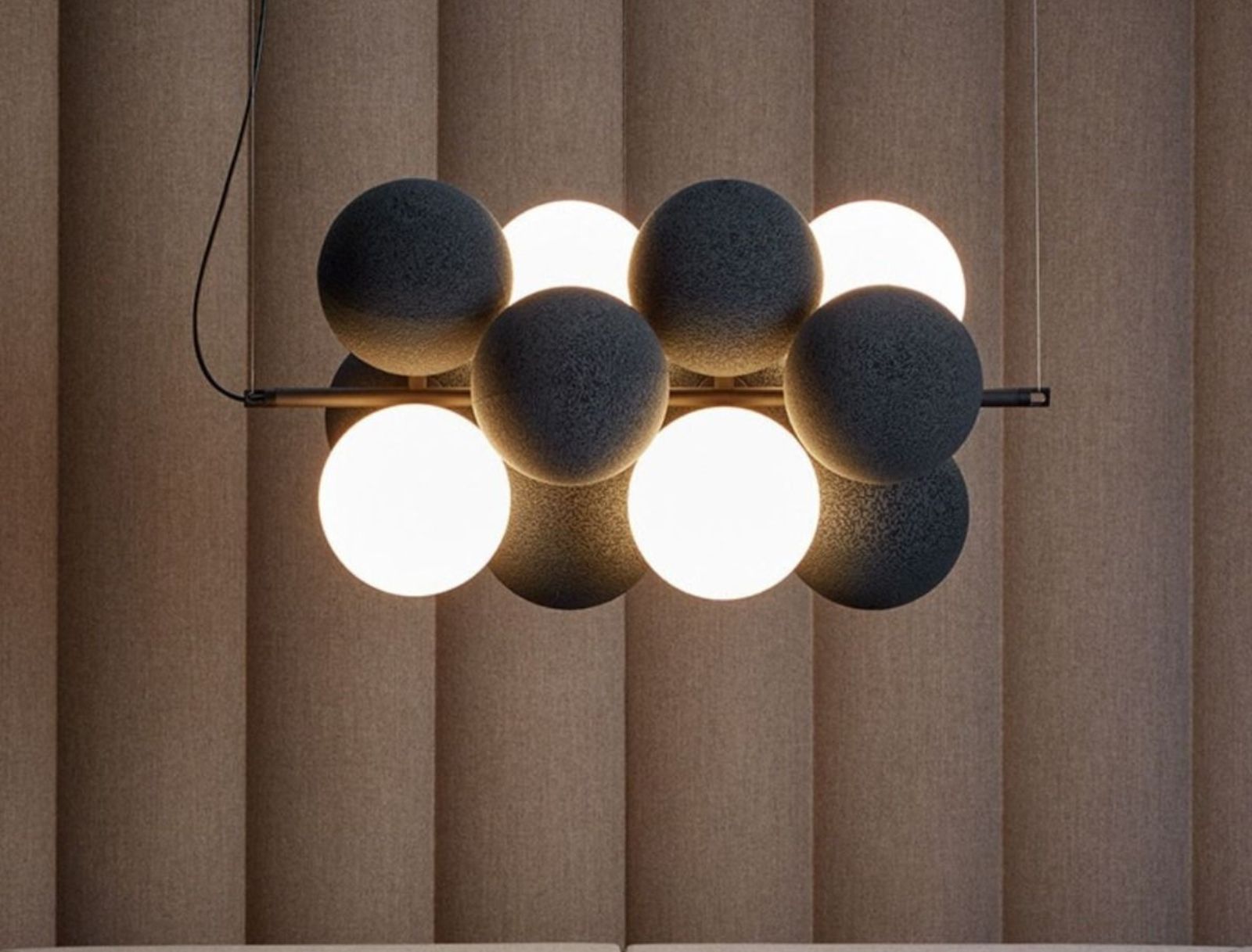 Acoustic Lighting
Acoustic Lighting  Acoustic Booths and Pods
Acoustic Booths and Pods  Acoustic Panel Accessories
Acoustic Panel Accessories 